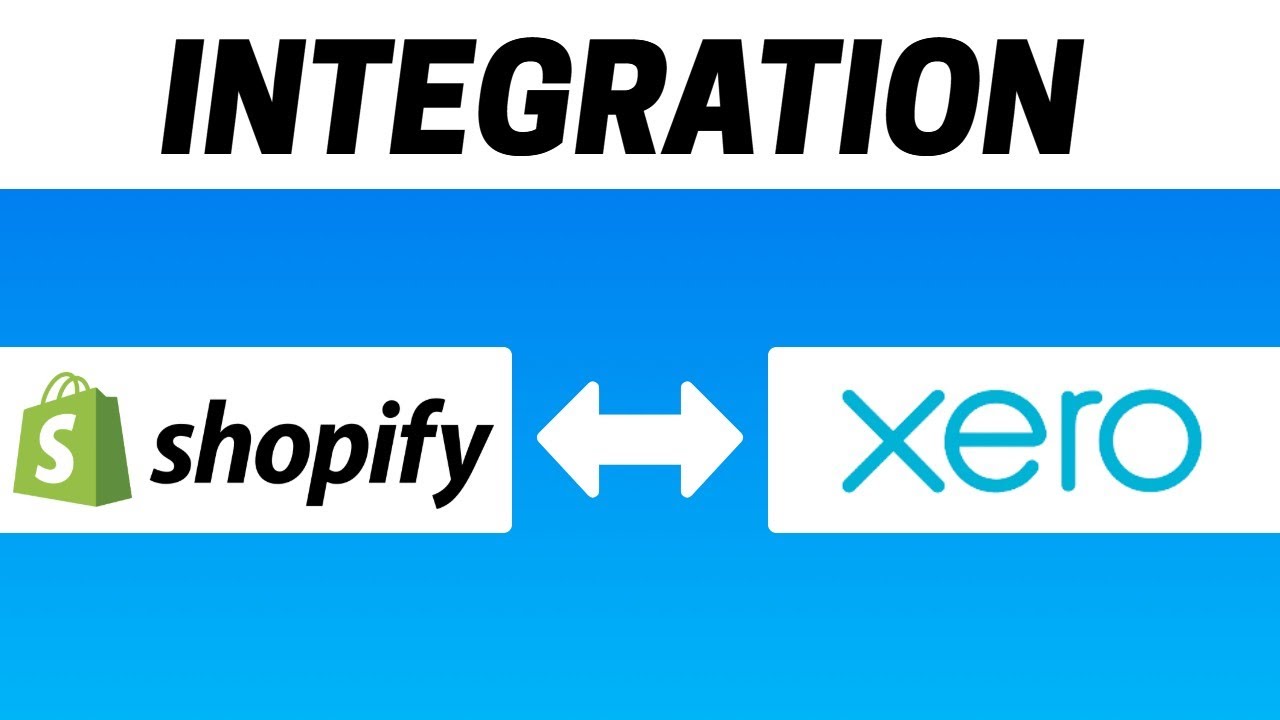Xero and Shopify: What’s the Difference?
In the ever-evolving world of business software, two of the most popular solutions are Xero and Shopify. Both offer a variety of tools and features to help small businesses manage their finances, market their products and services, and process payments. But what exactly is the difference between Xero and Shopify?
Xero
Xero is a cloud-based accounting software that helps small businesses manage their finances. It includes features such as invoicing, bill payments, bank reconciliation, expense tracking, and reporting. Xero also offers integrations with other software, such as QuickBooks and Stripe, as well as the ability to connect to third-party apps and services.
Shopify
Shopify is an ecommerce platform that helps small businesses build and manage their online stores. It includes features such as store building, product management, payment processing, shipping, and customer management. Shopify also offers integrations with other software, such as QuickBooks and Stripe, as well as the ability to connect to third-party apps and services.
Key Differences
The key differences between Xero and Shopify are:
- Functionality: Xero is primarily used for accounting and financial management, while Shopify is primarily used for ecommerce and online store management.
- Integrations: Both Xero and Shopify offer integrations with other software, but Xero offers more integrations for accounting-related functions.
- Cost: Xero is typically more expensive than Shopify.
Conclusion
Xero and Shopify are both powerful tools for small businesses. Xero is best for managing finances, while Shopify is best for building and managing online stores. Both offer integrations with other software, but Xero offers more integrations for accounting-related functions. Xero is typically more expensive than Shopify.




